For optimal viewing experience, it is recommended to access this page on a computer or large tablet.
BELLRINGERS
ESS2: Earth's Systems
MS ESS2-2
How geoscience processes have changed Earth's surface at varying time and spatial scale
- Why do you think the Appalachian Mountains are much smoother than the Rocky Mountains?
- How does the surface of the Earth look different as a result of the Mountain Saint Helens eruption?
- How could glaciers be responsible for the formation of fjords like this one in Norway?
- Since their formation, how do you think these Hawaiian mountains have changed?
- What do you think is causing these plates in Iceland to move apart?
- Why do you think the sand on this beach in Iceland is black?
- Explain why volcanoes erupt.
- Explain where lava comes from and why it's so hot.
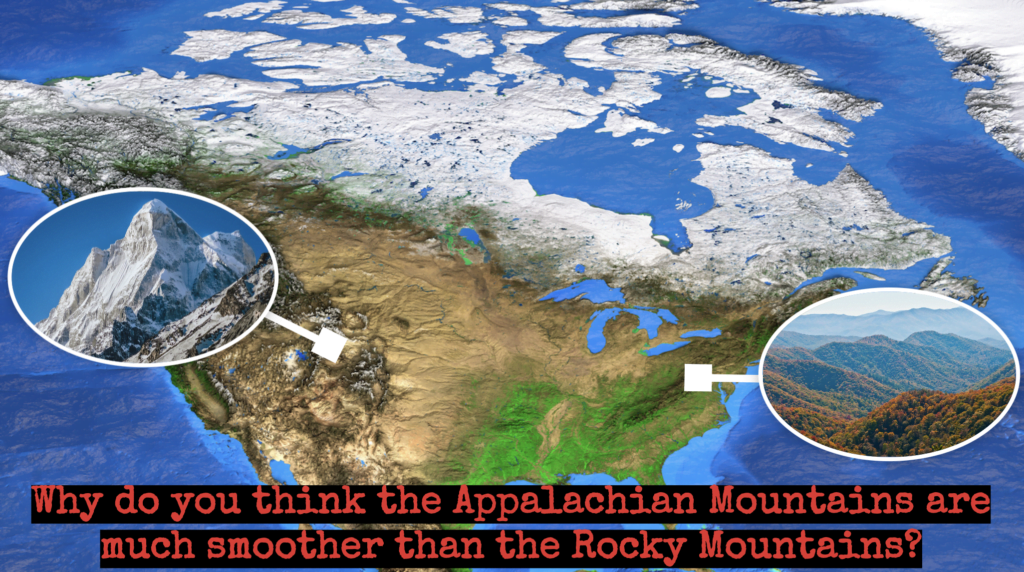
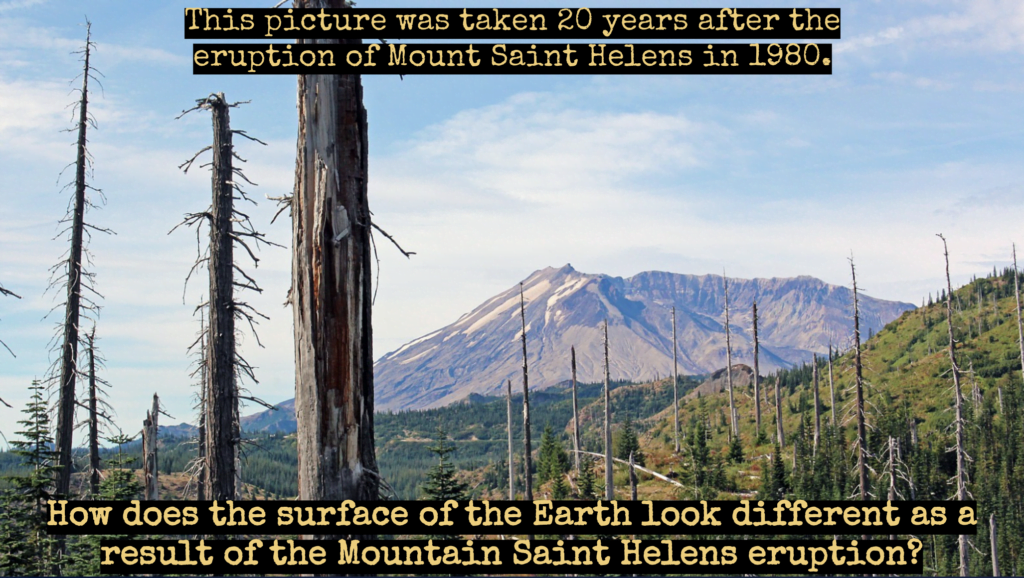
How does the surface of the Earth look different as a result of the Mount Saint Helens eruption?
Common Misconceptions
- The Earth’s surface has always looked the same.
- Plate tectonics is a recent phenomenon.
- Mountains are permanent
- Volcanoes only exist on land.
- All volcanoes are alike.
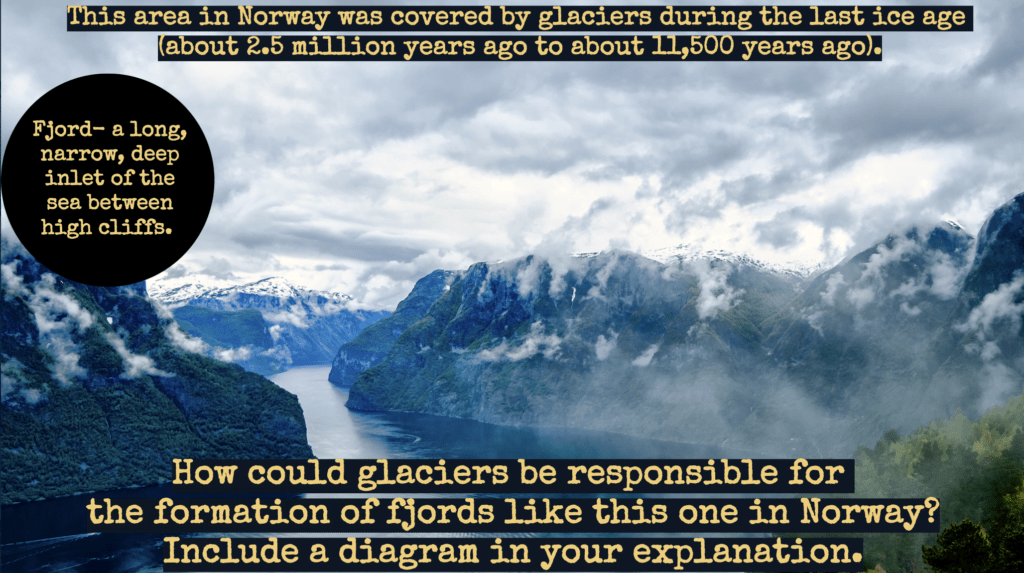
How could glaices be responsible for the formation of fjords like this one in Norway. Include a diagram in your explanation.
Note: a fjord is a long, narrow deep inlet of the sea between high cliffs.
Common Misconceptions
- The surface of the Earth does not change much.
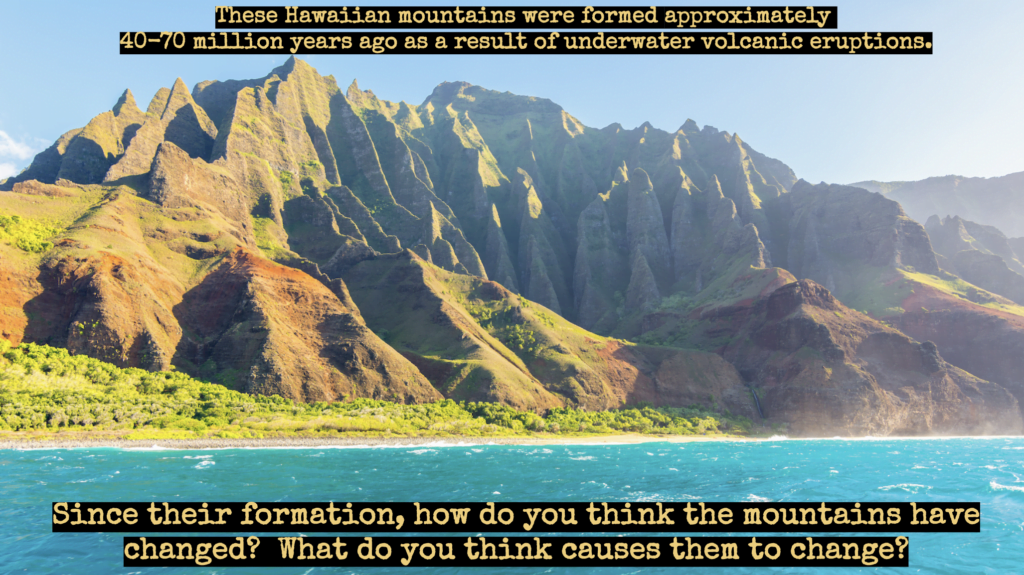
Since their formation, how do you think the mountains have changed? What doyou think causes them to change?
Common Misconceptions
- Volcanoes only exist on land
- Hawaii was formed by a single volcanic eruption
- Hawaii is a single landmass
- Hawaii was formed by a meteor impact
- Hawaii’s volcanoes are extinct
- The Hawaiian islands were always tropical
- The surface of the Earth does not change much.
Additional Resources
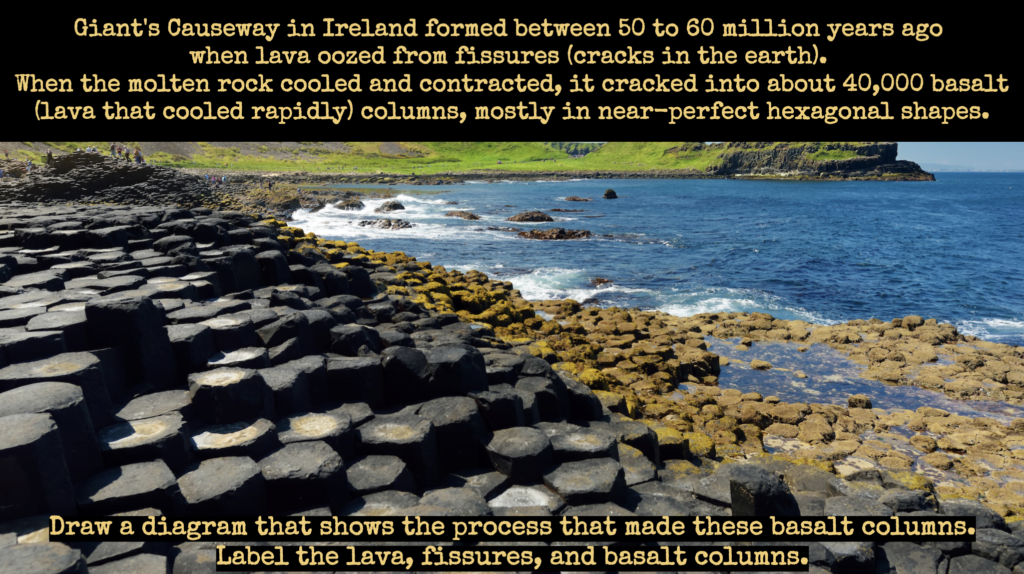
Draw a diagram that shows the process that made the basalt columns.
Label the lava, fissures, and basalt columns.
Common Misconceptions
- The surface of the Earth does not change much.
- The Giant’s Causeway was formed by volcanic eruptions.
- The Giant’s Causeway was formed recently.
Additional Resources
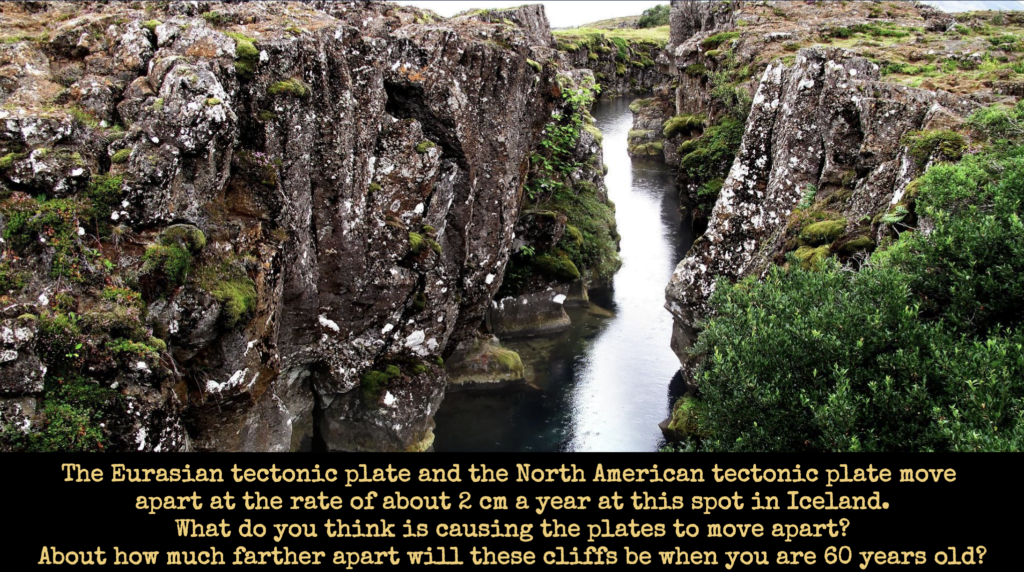
What do you think is causing the plates to move apart?
About how much farther apart will these cliffs be when you are 60 years old?
Common Misconceptions
- The surface of the Earth doesn’t change much.
- Plate tectonics is a recent phenomenon.
- Plate tectonics only occurs on land.
- Plate boundaries never change.
- Plate tectonics is always a slow process.
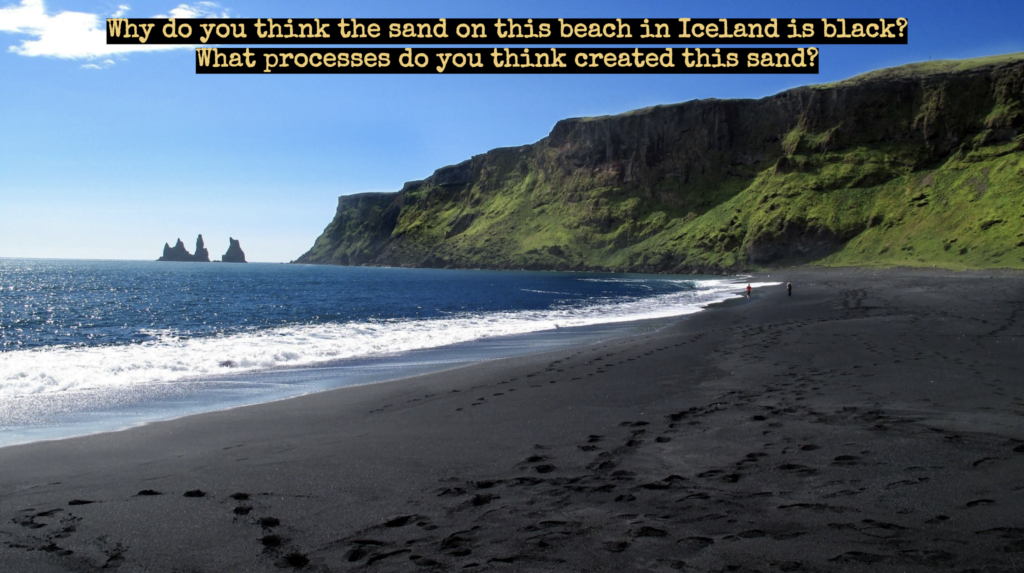
What processes do you think created this sand?
Common Misconceptions
- Volcanoes only exist on land.
- Volcanoes are not active anymore.
- Volcanic eruptions begin at the top of the volcano.

Include a labeled diagram as part of your explanation.
Common Misconceptions
- Volcanoes only exist on land.
- Volcanoes are not active anymore.
- Volcanic eruptions begin at the top of the volcano.


